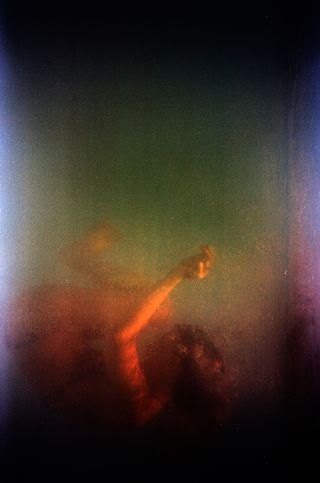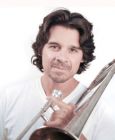Imagination
Jungian Integration of Opposites and the Active Imagination
A music lesson from C.G. Jung on integration and the active imagination.
Posted March 28, 2023 Reviewed by Michelle Quirk
Key points
- Studying music can be an opportunity for identifying neglected aspects of ourselves.
- We can identify our strengths and weaknesses through the active imagination technique.
- Identifying our habitual "strengths" can be used to identify what we avoid.

C.G. Jung expressed the importance of balancing the opposing forces of the psyche as the path toward integration of the unconscious with the conscious. This is the process of individuation, or becoming fully integrated with all parts of the psyche. Before we can go about balancing the forces of our psyche, we have to be able to realize them.
Integrating Opposites
Being aware of strong tendencies toward can be easier than being aware of strong tendencies away from things. Typically, we can look for clues to what comes easily, or naturally to us—in other words, what is habitual—and explore its opposite. We can also become aware of defensiveness as an opening to exploration of an avoided and often neglected aspect of our psyche. The idea, which comes from the earliest concepts of Eastern traditions, is to identify, balance, and integrate opposing forces in the psyche.
In music, we have an opportunity for exploring, identifying, and integrating opposites in our psyche. We have habitual tendencies that we faithfully return to. For better or for worse, these are comfortably familiar ways of being that we rely on for ease and comfort. To encounter these aspects of the self, we must work to become aware of them. When we first identify our habituated tendencies, which often feel “natural,” we are able to consider the opposite of these tendencies. These are typically underdeveloped aspects of our personality that feel “unnatural” or foreign to us.
Musically speaking, we might identify our natural tendency toward slow, legato repertoire, which brings our awareness to fast, staccato playing. We might then make a conscious effort toward working on music that is usually neglected, or even avoided, in an attempt to balance and integrate our musical persona. If we find ourselves most natural in free improvisation or in memorizing repertoire, we can spend a year reading Bach and sight-reading. A tendency toward 20th-century literature might be complemented by focusing on the music of the Renaissance.
The idea of negation can be useful in this effort. If we try to negate a way of being by emphasizing its opposite, we can cultivate a synthesis that we call integration in Jungian terms. This is a dialectical approach toward what Piaget described as equilibration.
Active Imagination
Coming to terms with the unconscious is synonymous with integrating opposites. We can approach the unconscious—that is to say, the aspects of ourselves that we actively keep concealed from awareness—through the practice of active imagination. Jung describes the method of active imagination as allowing the emotional content of the unconscious to manifest in symbols, which we can invite into consciousness through active attention and participation.
We first ask the mind to relax, and we become aware of images or emotions that we experience. We can work with a dream, becoming actively aware of the emotional content and residue of the dream, as well as emotions related to specific aspects of the dream. We can also take an image of the dream and observe it, allowing it to manifest itself as we observe and understand the emotional content of the symbol. For every emotion, there is a symbol, and for every symbol, there is an emotion.
We allow ourselves to dwell on these images and emotions in a state of reflective meditation. If working with a dream, it is helpful to attend to the content immediately upon awakening. Careful recording and cataloging the dream, the symbols, and the emotional residue can be helpful in uncovering the contents of the unconscious. Finally, we can integrate the symbols through creating art from the content. We can create a piece of art from the whole dream or from a specific aspect of the dream. Both serve as a technique for integrating the unconscious into the conscious, and moving toward individuation.
Integrating opposites and active imagination are two ways in which we can encounter our habitual tendencies and balance out our psyche for a fuller experience of ourselves and our world.


